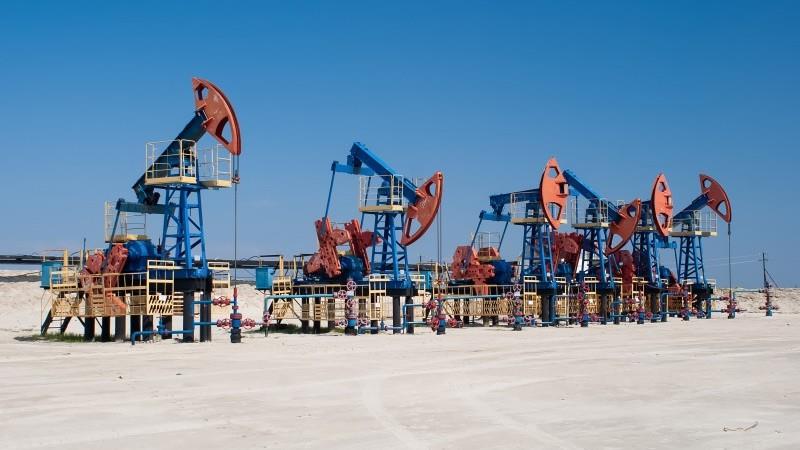OPEC+ Continues With Supply Hikes
Supply risks in the oil market grew in August due to US secondary tariffs on India for its purchases of Russian crude oil. This development left plenty of uncertainty about what Indian refiners would do with their procurement of Russian oil. India has increased the volume of Russian oil it has bought since the Russia-Ukraine war, buying in the region of 1.6m b/d.
Some Indian refiners paused their purchases of Russian oil following the US's announcement of secondary tariffs on India, and ship tracking data confirms that volumes of Russian seaborne exports have dropped in recent weeks. However, more recently, we have seen Indian buying interest for Russian oil resume again. This is crucial for the market outlook. Obviously, if Indian refiners start to shun Russian oil, and Russia struggles to find alternative buyers, it would likely lead to a reduction in Russian oil supply, leaving the global market more undersupplied than anticipated.
However, the fundamental outlook for oil prices remains firmly bearish. The market is set to move into a large surplus from the fourth quarter of this year and in 2026, which should weigh on prices. We continue to believe that ICE Brent will average US$57/bbl in 2026. Modest demand growth, along with OPEC+ supply hikes, has been key to the expected surplus. OPEC+ has fully unwound 2.2m b/d of supply cuts within a period of six months, bringing this supply onto the market a full 12 months ahead of schedule. Furthermore, OPEC+ has started unwinding its next tranche of 1.65m b/d of supply cuts, with the group set to increase supply in October by 137k b/d. This move by OPEC+ only cements the more bearish outlook we have towards the oil market.
Rangebound European gasEuropean natural gas prices have been relatively rangebound over the last month, while speculators have been reducing their positioning in TTF. This is despite maintenance in Norway, which has reduced Norwegian gas flows to Europe.
Weaker Asian LNG demand continues to cap prices, with Chinese LNG demand particularly weak, driven by stronger pipeline flows and also weaker domestic demand.
However, we still expect natural gas prices to remain relatively well supported for the remainder of this year. It is looking increasingly unlikely that the EU will hit its 90% storage target, although admittedly, there is more flexibility now when it comes to these storage targets.
Furthermore, European gas prices will need to remain relatively well supported to ensure that we see stronger LNG flows into Europe as we head into the 2025/26 winter.
We expect TTF to remain above EUR30/MWh in the near term, however, prices will come under growing pressure as global LNG supply ramps up. But we will likely have to wait until 2027 before LNG supply additions weigh heavily on prices.

Legal Disclaimer:
MENAFN provides the
information “as is” without warranty of any kind. We do not accept
any responsibility or liability for the accuracy, content, images,
videos, licenses, completeness, legality, or reliability of the information
contained in this article. If you have any complaints or copyright
issues related to this article, kindly contact the provider above.
Most popular stories
Market Research

- Japan Buy Now Pay Later Market Size To Surpass USD 145.5 Billion By 2033 CAGR Of 22.23%
- BTCC Summer Festival 2025 Unites Japan's Web3 Community
- GCL Subsidiary, 2Game Digital, Partners With Kucoin Pay To Accept Secure Crypto Payments In Real Time
- Smart Indoor Gardens Market Growth: Size, Trends, And Forecast 20252033
- Nutritional Bar Market Size To Expand At A CAGR Of 3.5% During 2025-2033
- Pluscapital Advisor Empowers Traders To Master Global Markets Around The Clock






















Comments
No comment